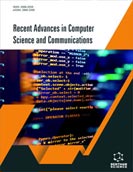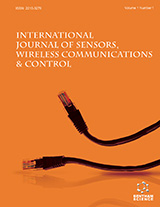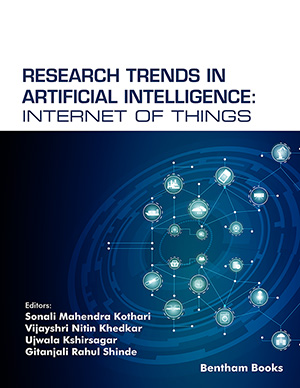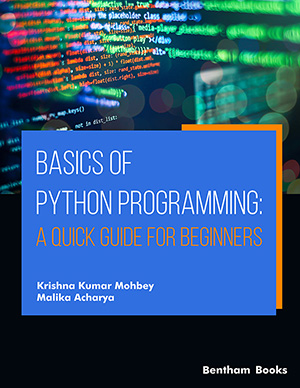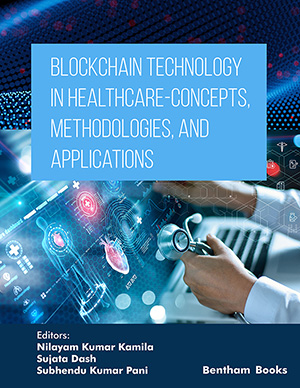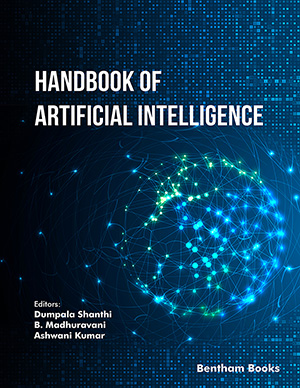Abstract
Objectives: The objective is to provide a precise segmentation technique based on ACRF, which can handle the variations between major and minor vessels and reduce the interference present in the model due to overfitting and can provide a high-quality reconstructed image. Therefore, a robust method with statistical properties needs to be presented to enhance the performance of the model. Moreover, a statistical framework is required to classify images precisely.
Methods: The Adaptive Conditional Random Field (ACRF) model is used to detect DR disease in the early stages. Here, major vessel potential and minor vessel potential features are extracted for precise segmentation of vessel and non-vessel regions. This feature enhances the efficiency of the model. These major vessel and minor vessel potential features rebuild the retinal vasculature parts precisely and help to capture the contextual information present in the ground truth and label images. This method utilizes an ACRF model to reduce interference and computation complexity. Here, two efficient features are extracted to segment fundus images efficiently, such as major vessel potential and minor vessel potential. The proposed ACRF model can provide the design patterns for both input images and labels with the help of major vessel potential, unlike state-of-arttechniques, which provide patterns for only labels and model the contextual information only in labels, which is essential while performing vessel segmentation.
Results: The performance results are tested on the DRIVE dataset. Experimental results verify the superiority of the proposed vessel segmentation technique based on the ACRF model in terms of accuracy, sensitivity, specificity, and F1-measure and segmentation quality.
Conclusion: A highly efficient vessel segmentation technique is evaluated to describe major and minor vessel regions efficiently based on the ACRF to recognize DR in early stages and to ensure an effective diagnosis using eye Fundus Images. The segmentation process decomposes input images into RGB components through histogram labels based on the proposed ACRF model. Here, the Gabor filtering approach is used for pre-processing and predicting parameters. The proposed segmentation method can provide the smooth boundaries of minor and major vessel regions. The proposed ACRF model can provide the design patterns for both input images and labels with the help of major vessel potentials, unlike state-of-art-techniques, which provide patterns for only labels and model the contextual information only in labels.
Keywords: Vessel segmentation, major vessel potentials, minor vessel potentials, adaptive conditional random field.
[http://dx.doi.org/10.1109/ICECA.2017.8203617]
[http://dx.doi.org/10.1109/ACCESS.2017.2786271]
[http://dx.doi.org/10.1109/DICTA.2017.8227413]
[http://dx.doi.org/10.1109/TMI.2017.2759102] [PMID: 28981409]
[http://dx.doi.org/10.1109/WiSPNET.2017.8299917]
[http://dx.doi.org/10.1109/RBME.2010.2084567] [PMID: 22275207]
[http://dx.doi.org/10.2337/diacare.26.9.2653] [PMID: 12941734]
[http://dx.doi.org/10.2337/diacare.23.3.390] [PMID: 10868871]
[http://dx.doi.org/10.1109/ISBI.2018.8363713]
[http://dx.doi.org/10.1109/IJCNN.2017.7966169]
[http://dx.doi.org/10.1109/MLSP.2016.7738877]
[http://dx.doi.org/10.1109/TBME.2017.2752701] [PMID: 28922110]
[http://dx.doi.org/10.1109/TMI.2004.825627] [PMID: 15084075]
[http://dx.doi.org/10.1109/RTEICT42901.2018.9012438]


